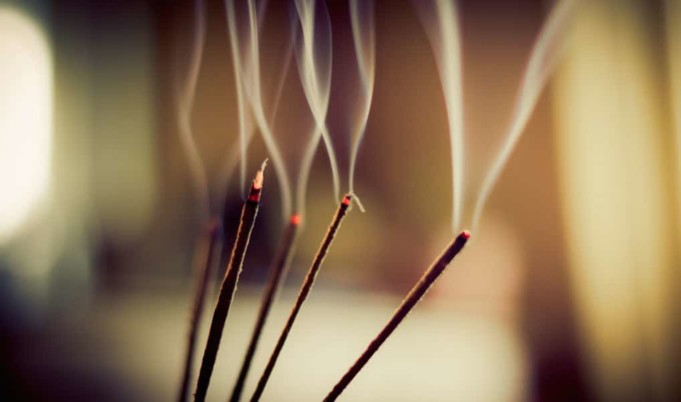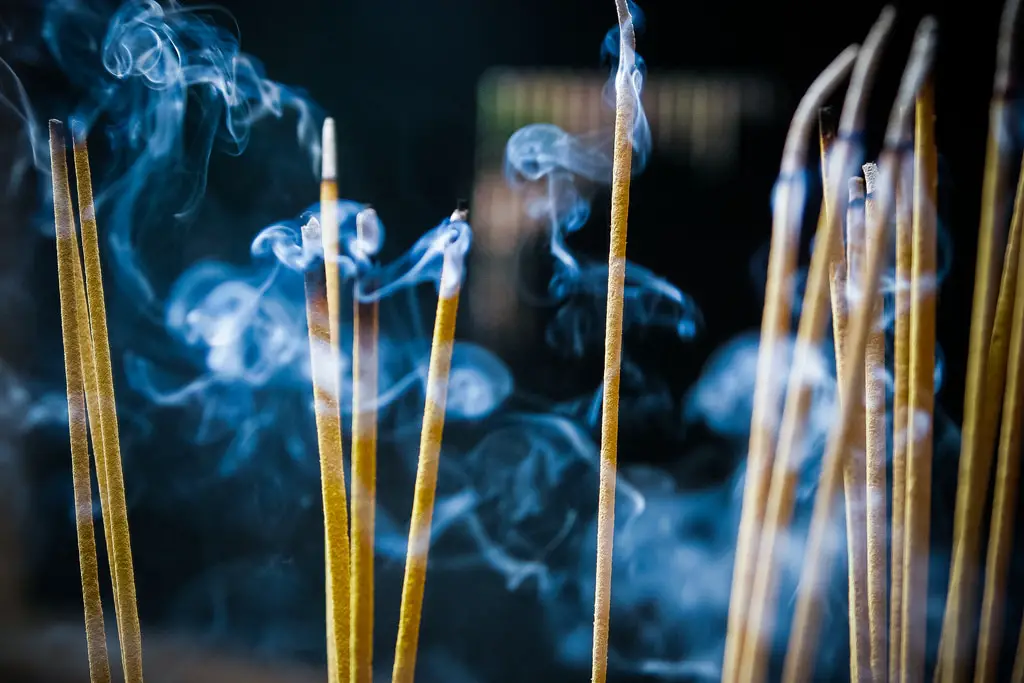The use of incense can be dated as far back as the era of Christ, and even before. Incense burning has been used for prayers and sacrificial offering and many spiritual practices.
Incense is used by many religions such as Christianity, Islam, Hinduism, Buddhism, Taoism, Judaism and sometimes even Pagans. The use of incense has been globally accepted for various purposes. Incense burning has been known to be used in open places such as the churches, mosques, temples and even palaces.
In Asian countries where the burning of incense is done on a daily by those who practice Buddhism and Taoism, and it is mostly used collectively. Imagine the number of incense sticks burned every day, sticks made of about 20% wood powder “in weight” and about 40% fragrance material which are industrially produced, including gas products and many organic compounds.
What is incense?
Incense is a human-made stick manufactured to counteract offensive odours, drive away demons, and change the atmosphere of an environment and many others. These practices have been done for many centuries mostly by churches and temples for ceremonies and worship. Now, the use of incense is done on a global scale for many purposes such as;
- spiritual awakening
- To lighten up the mood
- For the practice of yoga
- For prayers
- Sacrifices
- To disinfect a given area from pollution
- To wade off insects or animals
- For relaxation purposes
- To set off a sexual atmosphere
Is the use of Incense good or bad for you?
Because incense is made up of combustible materials, carbon mono oxide is given off mixed with a strong sweet smell but is the use of incense really health friendly?
Averagely, Incense burning produces particles as high as 45 mg/g burned compared to 10 mg/g consumed for cigarettes. Due to its natural materials, and the sweet smell it gives off when burned, we may readily conclude that the use of incense is harmless, but there is more to the use of incense that we need to know.
Here are reasons you might want to avoid the use of incense;
- Irritation of the eyes: Some users have been reported to have complained of irritation of the eyes during and after worship due to direct exposer. Most incense users not only light the sticks but also hold it close to their faces during prayers.
- Damage to the lungs: Incenses are highly combustible products, and they produce a lot of smoke when they burn. This smoke travels directly into the lungs when inhaled. The materials used in its production are not body friendly, mainly since the smoke contains carbon monoxide, sulphur dioxide and formaldehyde.
- Incense can induce asthma: Because of the sensitive nature of the human body and how it responds, complex mixtures that contain gas and organic particulates in the production of incense go into the body during the burning of incense and this could trigger asthma as the fume from the burning is being inhaled.
- Air pollution: There is no denying that the smoke produced when incense is burned isn’t environmentally friendly as they contain dangerous pollutants and when released into the air causes air pollution.
- Cancer: The continuous use of Incense may result into having cancer as it goes directly into the lungs when inhaled. The risk is higher if incense is being used in a less ventilated space as most of it concentrated would be inhaled into the body.
The continuous burning of incense, especially in a closed environment, isn’t only dangerous and poisonous to you but also to everyone around you as they are also being exposed to a lot of health hazard. Incense smoke is considered highly dangerous especially with the presence of children and pets.













